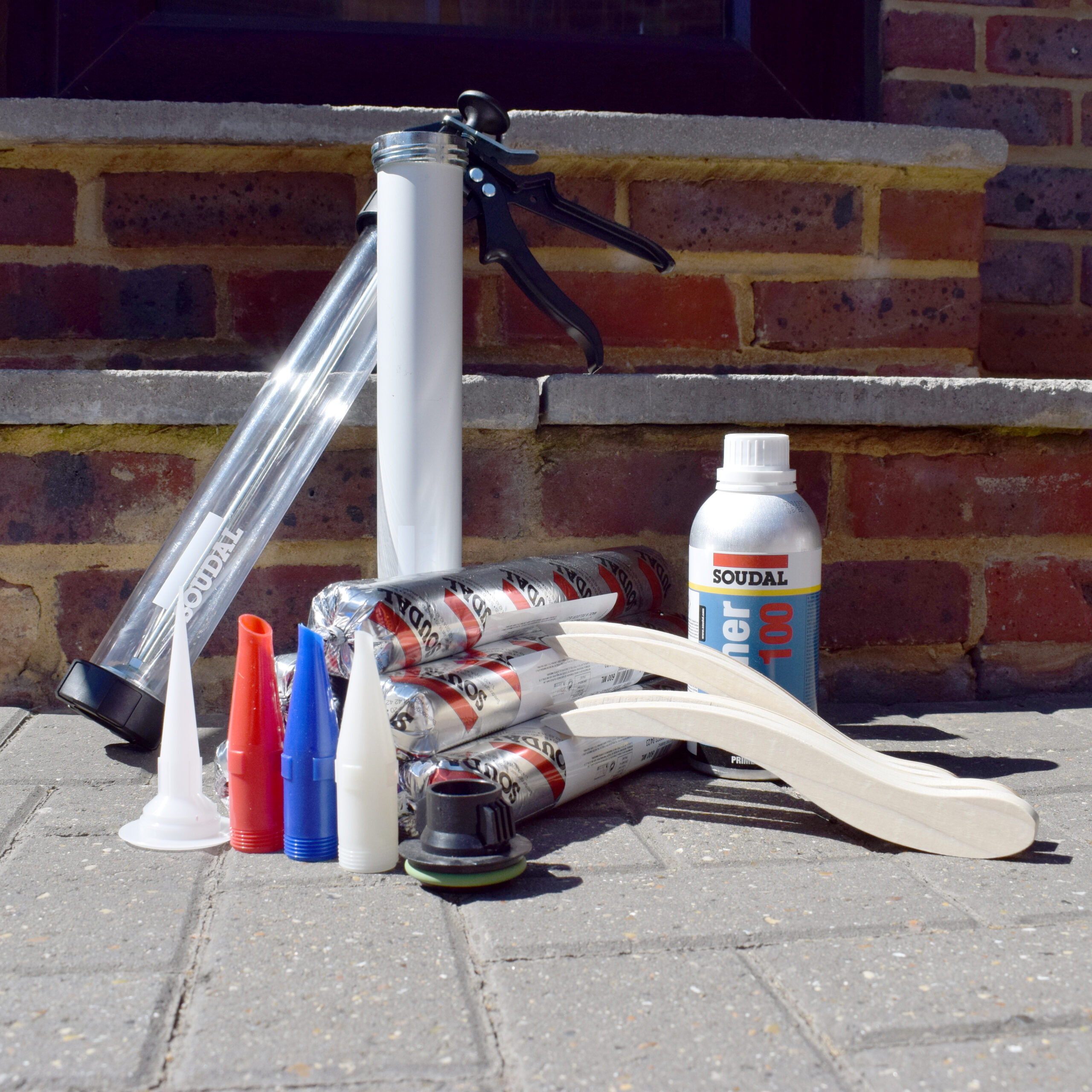
Sealant application is a critical step in a wide range of construction and home improvement projects, offering protection against water damage, air leaks, and ensuring the longevity of the materials involved. Whether you’re working on flooring, windows, doors, bathrooms, or kitchens, understanding the correct techniques for applying sealant can make a significant difference in the outcome of your project. This guide will walk you through the basics of sealant application across these various projects, ensuring a durable and effective seal.
Flooring
When it comes to flooring sealants, durable application is essential for areas prone to moisture, such as bathrooms and kitchens. To apply sealant on flooring, first ensure the surface is clean, dry, and free of any debris. Use a silicone-based sealant for areas exposed to water. Cut the tip of the sealant tube at a 45-degree angle, ensuring the opening is just wide enough for the desired bead size. Apply the sealant in a steady, continuous line along the edges where the floor meets the wall, around the toilet base, or any other critical junction. Use a caulking tool or your finger (wearing a latex glove) to smooth the sealant into the joint, ensuring full coverage and a neat finish.
Windows and Doors
Sealing windows and doors is crucial for energy efficiency, preventing drafts, and keeping moisture out. Start by cleaning the area where the sealant will be applied, removing old caulk and paint residue. For windows, apply the sealant around the frame where the glass meets the wood or metal, and for doors, focus on the threshold and any gaps around the frame. Use an exterior-grade sealant for these applications. Apply the sealant smoothly, and use a tool to press it into the gaps, ensuring a tight seal. Allow it to dry completely, according to the manufacturer’s instructions, before painting or finishing.
Bathrooms
In bathrooms, the application of sealant is critical around sinks, bathtubs, and showers to prevent water damage. After ensuring the area is clean and dry, apply a mold-resistant silicone sealant around the edges of fixtures, where they meet the wall or floor. The key here is to apply a consistent bead of sealant and then smooth it out with a caulking tool or your finger, creating a watertight barrier. Pay special attention to corners and any areas where water is likely to collect.
Kitchens
Kitchens require sealant around sinks, countertops, and backsplashes to prevent water from seeping into gaps and causing damage. Use a kitchen sealant that is compatible with the materials in your kitchen, such as silicone for areas exposed to water. Apply the sealant carefully along the joint where the countertop meets the wall or the sink edge, ensuring a continuous bead without gaps. Smooth it out for a clean finish, removing any excess sealant before it dries.
General Sealant Application Tips
- Always cut the sealant tube nozzle at a 45-degree angle for easier application.
- Use masking tape along both sides of the joint before applying sealant for a clean, straight line. Remove the tape immediately after smoothing the sealant.
- Ensure the area is well-ventilated during application and drying.
- Follow the manufacturer’s instructions for drying times before exposing the sealant to moisture.
Speak to our team about sealant application
Sealant application, when done correctly, can protect and enhance the durability of various surfaces in your home. By following these guidelines, you can ensure a successful sealant application for flooring, windows, doors, bathrooms, and kitchens, contributing to the overall integrity and longevity of your home.
To speak to our team simply call 01708 525 866 or email info@sealantsupplies.co.uk and our team will be in touch as soon as possible.











